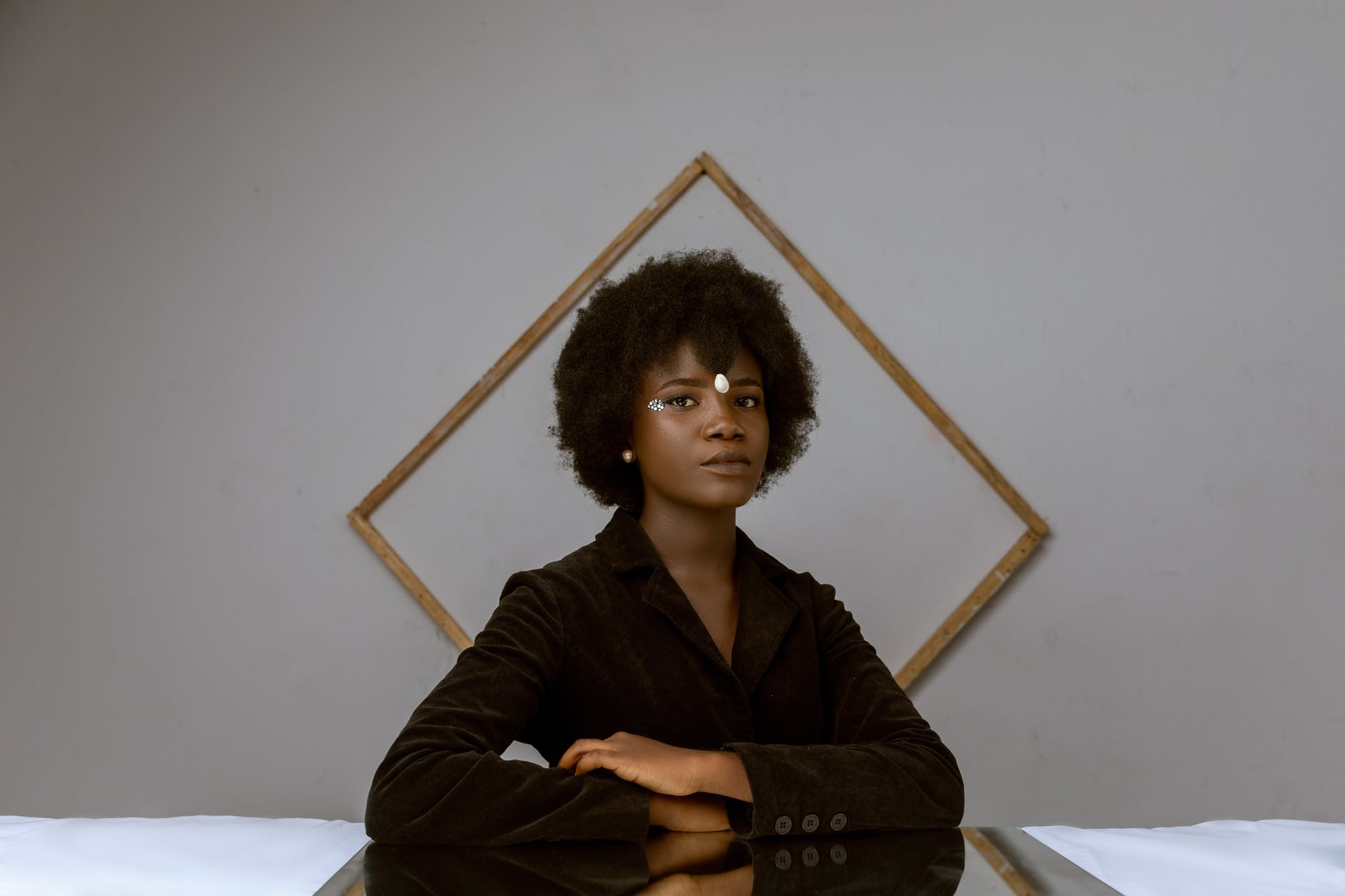Colourism is self-harm to people of colour!
By Dawn-Maria France
Colourism is ‘prejudice or discrimination against individuals with a dark skin tone, typically among people of the same ethnic or racial group’. Arising initially from racism and discrimination by white oppressors and now perpetuated by people of colour, this form of internalised racism is widespread in Africa, the Caribbean, Asia, USA, and here in the UK. Lighter skin is seen as desirable, and darker skinned people are treated as inferior – and colourism pervades many black and minority ethnic communities.
My dark-skinned mother often told me that in the Caribbean, she lived a Cinderella existence. Her light-skinned siblings got presents, but she didn’t – and while she was working hard on the family farm, they enjoyed a carefree life, relaxing with their friends.
My mother explained that when I was little, if she took me and my cousins to the park, black people scorned at my cousins’ dark skin and favoured me because I was lighter-skinned. My mother challenged their opinions – but the problem runs deep.
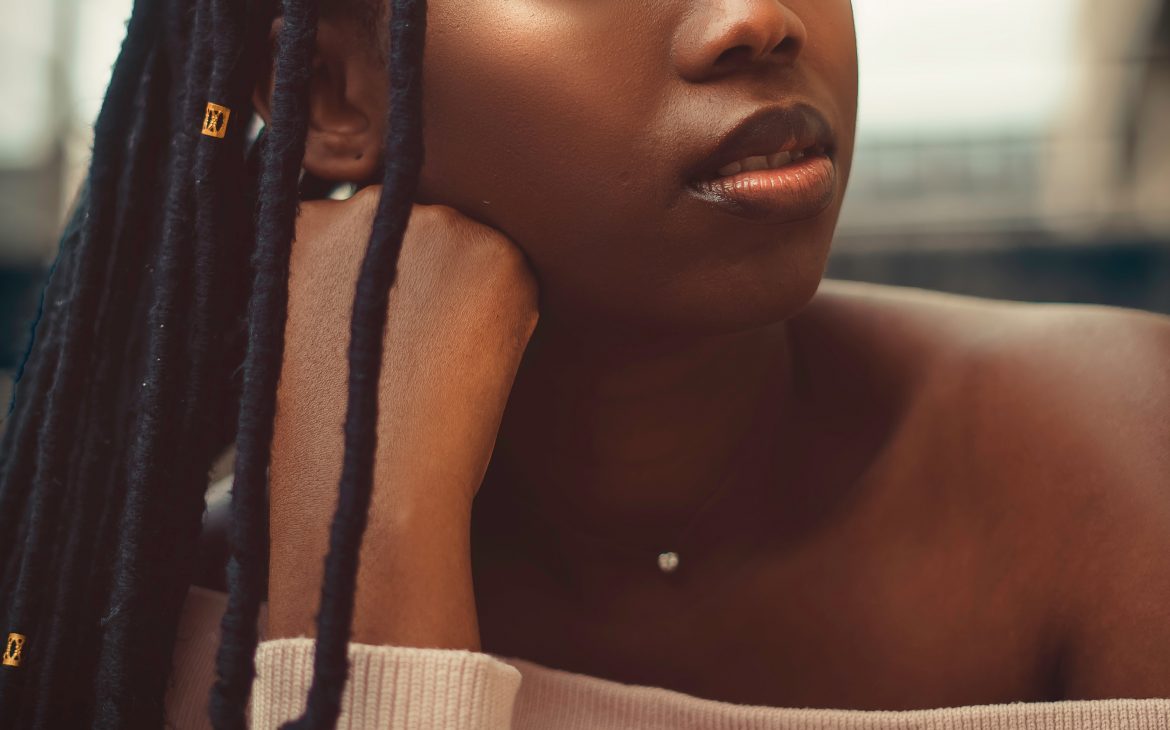
To understand colourism, we need to go to the origins of this prejudice, racism and discrimination, which has infected black and brown communities around the world like a pandemic.
The British, Dutch, French and other white colonists forcefully occupied many countries inhabited by Black and Asian people across the globe. And they persisted in pushing a white supremacist ideology onto the indigenous peoples of the countries they occupied and colonised.
White slave owners’ offspring from black and Asian women, being lighter skinned, were treated better than darker skinned slaves on the same plantation. In America, the Caribbean and all over the world, fairer or brown-skinned slaves were assigned to lighter household chores, while dark-skinned slaves worked in the fields, suffering harsher treatment and punishment.
The message was that white people were most superior, and beneath them, there was a hierarchy based on fairness of complexion: light-brown skinned people were more acceptable, and darker skinned people were inferior.
This narrative has been repeated by generations of British and other white officials, colonists and slave owners, to ensure that Black, Asian and Caribbean people felt a sense of disdain and hatred towards their natural darker skin tone.
This was a callous and purposeful means to divide and rule. In 1712, Willie Lynch, a slave owner from the West Indies was summoned to Virginia to tell slave owners how to control their black slave He gave a speech called ‘The Making of a Slave.’ In it, he said:
“You must use the dark skin slaves vs. the light skin slaves, and the light skin slaves vs. the dark skin slaves. You must use the female vs. the male, and the male vs. the female. You must also have white servants and overseers [who] distrust all blacks. But it is necessary that your slaves trust and depend on us.”
Along with the colonial white supremacists’ racist narrative, to me, this was the start of colourism. Lynch said these conditions should last for 300 years – and sadly, these attitudes have lasted longer – and still continue.
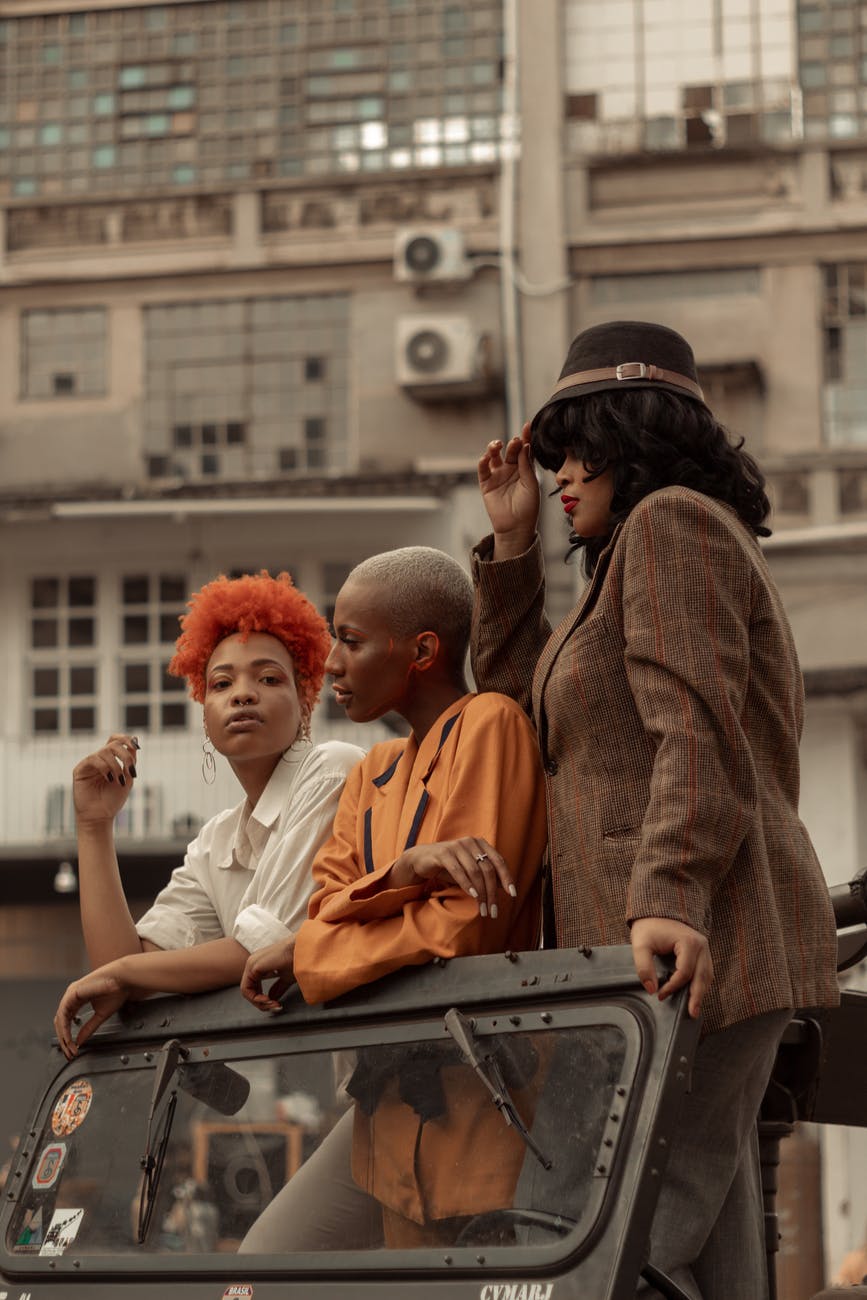
Colonialism affected the lives of millions of people around the world, with beliefs stated as facts to further colonists’ interests. Dividing people by their race and colour kept a system of difference, division and discrimination that suited the officials’ agenda.
Similar situations occurred in India during the Raj. British whites were treated like aristocracy, Anglo-Indians were seen as middle-class, and Indians were the lowest (with a complex caste system). Paleness of complexion is still seen as more beautiful and desirable. Unfortunately, these divisions pervade Black and Asian societies, even today.
When I was younger, I admired my beautiful dark-skinned cousins. I could not understand why they wished they were paler, like me. This harks back to the evils of slavery. Colourism continues the idea of white supremacy even amongst Black and Asian communities.
Growing up in the UK, proud to be a British woman of colour, I have spent many hours trying to convince my dark-skinned friends of their natural beauty. Meanwhile, they spend money on skin-lightening creams to get a more European look.
This is soul-destroying to me. These creams can be bought here in the UK, largely in black and Asian neighbourhoods, and aim to help people of colour to bleach their skin, which damages it and can even cause cancer.
In Asia, Africa and the Caribbean, skin lightening is a huge industry worth billion to corporates. In 2012, India alone used 258 tons of skin-lightening cream.
Even Beyonce’s father said she would not have been so successful if she’d had darker skin.
Helplessly, I viewed the awful damage caused to my friends’ skin, and I winced when people laughed and mocked their green or blue contact lenses. Yet again, they were trying hard to create a more European look – to be more accepted by society, and to disguise their ethnic features – because historically and culturally, the whiter, the better.
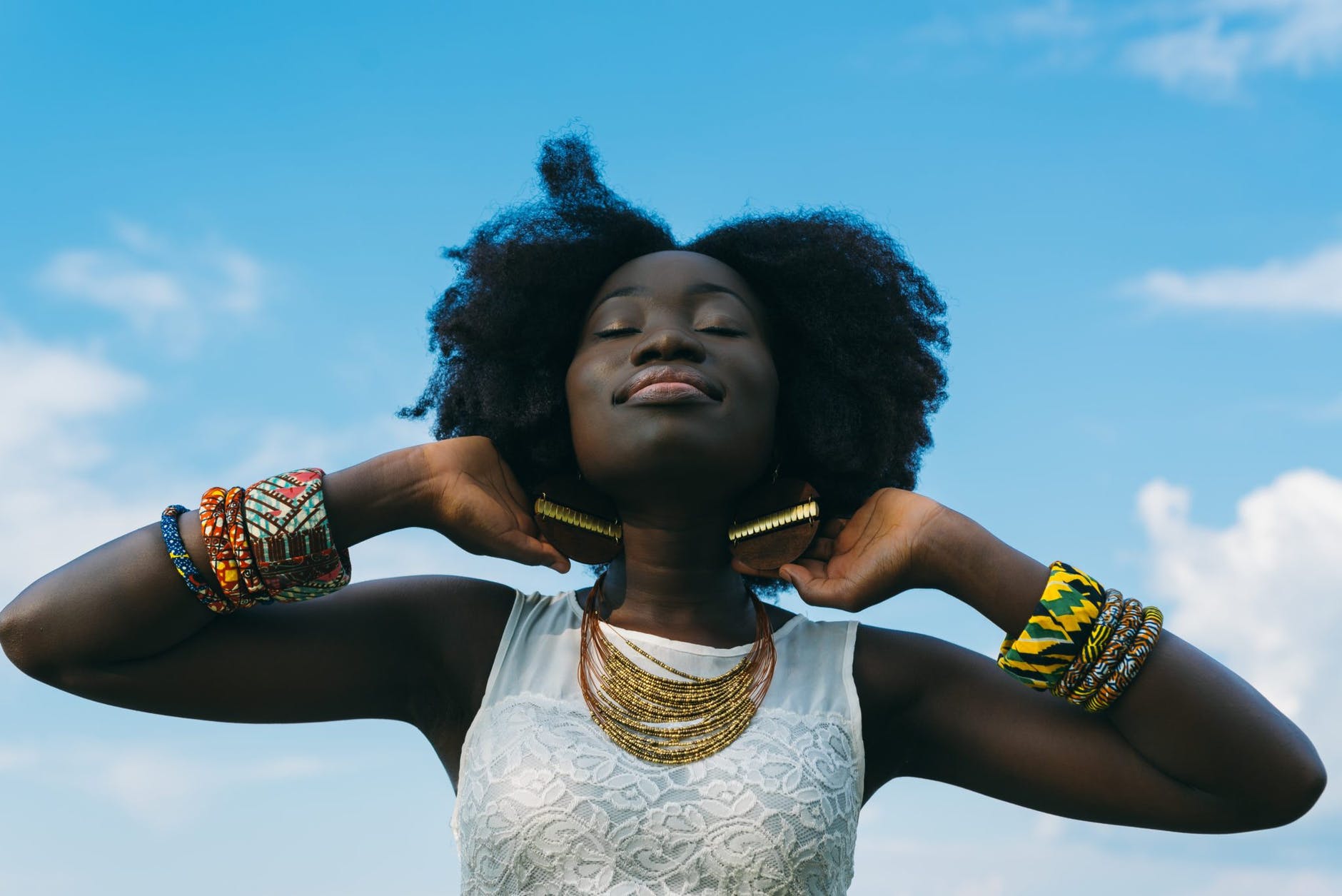
These messages of colourism are taken directly from the slavers’ handbook. There are the ghosts of racist colonial officials and slave-owners behind this narrative.
Although we are not literally in chains, as people of colour, our minds are enchained by old, oppressive belief systems that prevent us from stepping into our power, and owning our true identities.
It is time to free ourselves from internalised racism and self-hatred, and love our ethnic features and our natural, dark complexions.
To me, colourism is a form of self-harm within communities of people of colour – it is self-loathing instilled in us by slave-owners and colonialists, coming from a place of racism and brutality. We should reject these damaging, outmoded beliefs designed to keep us enslaved.
In my lived experience as a woman of colour, it’s time we discussed this self-hatred, self-harm and mental stress in our communities. And time we learnt to love ourselves as people of colour – for our colour and who we are.
We can’t allow historical racism to make us hate our beautiful skin and keep us bound in mental enslavement of our own making.
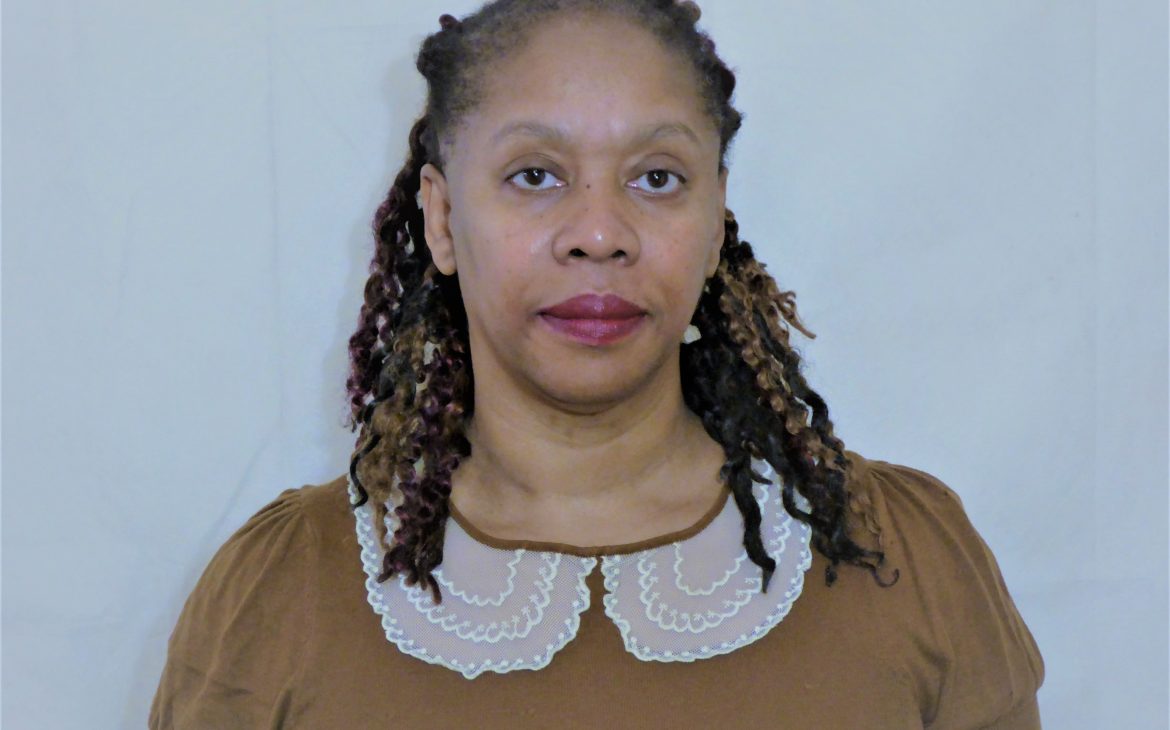
Dawn-Maria is an accomplished award-winning journalist, broadcaster and travel writer who is passionate about children’s rights, women’s rights, equality and diversity. She has written a Yorkshire-inspired children’s picture-book series (The adventures of Jenny and Philip), which features a self-assured and confident Yorkshire little girl and her best friend Philip a talking cat.
